The ‘Centro Storico’ or historical city-centre includes the Trevi Fountain, Pantheon and Piazza Navona. At night enjoy the stunning effects of flood-lit monuments and lively nightlife.(4 km, 4-5 hours).
![]()
Walks & Excursions
HISTORICAL CENTER WALK
Campidoglio
The Campidoglio, or Capitoline, was the most important of Rome’s seven hills. The piazza at the top of the hill was designed by Michelangelo Buonarroti in the 1530s and took over a hundred years to complete. The grand stairs leading up to the piazza were also designed by Michelangelo. The building opposite the stairs is Rome’s city hall. At the centre of the piazza there is a copy of the magnificent second century equestrian statue of the emperor Marcus Aurelio.
Piazza Venezia
Considered to be the heart of the city of Rome. Several important monuments, ruins and museums are in the vicinity of this square.
The Piazza is dominated by the Vittoriano – a monument to Italy’s unification.
From Piazza Venezia you can continue along one of the suggested routes. It takes about 15 minutes to walk from here to the Lancelot along Via dei Fori Imperiali. Alternatively, there are several buses you can take (85, 87 or 117).
Piazza Mattei
This charming piazza in the heart of the old Jewish quarter is the site of one of Rome’s loveliest fountains, designed by Giacomo della Porta 1581. The fountain was restored in 1658 and the sculptures of the youths bearing tortoises, after which the fountain has been named, have been attributed to Gian Lorenzo Bernini.
Largo Argentina
The name of this square is derived from Torre Argentina, which takes its name from the city of Strasbourg, whose original name was Argentoratum.
In the centre of this square are the remains of four sacred temples and Pompeo’s theatre. The circular shaped temple (a rarity) used to contain a colossal statue of a female divinity – the head of the statue measuring 1.46 meters is now in the Capitoline Museum.
For cat lovers there is a famous cat sanctuary amidst these ruins.
Piazza Farnese
This wonderful piazza is dominated by the magnificent Palazzo first designed by Antonio Sangallo.
Construction began in 1515 and was interrupted during the sack of Rome in 1527. In 1534 the newly appointed Pope Paul III commissioned Michelangelo Buonarroti to complete the third storey and further contributions were made by architects Vignola and Giacomo della Porta.
This imposing Palazzo is considered to be one of the finest Renaissance palaces in Rome, and has housed the French embassy since the 1870s.
The enormous granite baths which make up the two fountains were taken from the Baths of Caracalla.
Campo de’ Fiori
The name literally means “ field of flowers “. You may stroll through the colourful flower and vegetables market stalls in the morning. In the centre of the piazza stands the hooded statue of the philosopher Giordano Bruno who was burnt to death during the inquisition on this very spot. At the western corner is one of the oldest bakeries in Rome which offers a great pizza. In the evening the square is popular with young people, who pack out the many bars and cafes.
Pasquino
Piazza Pasquino is known for the torso of a statue representing Menelaus with the body of Patroclus and which became known as Pasquino after the name of a tailor who lived nearby and who had a reputation for lampooning the powerful. His tradition continues as messages and poems continue to be placed at the base of the statue.
Piazza della Pace
The church of S. Maria della Pace with its famous Baroque facade was designed by Pietro da Cortona in 1656. Above the arched doorway are frescos of the four Sibyls by Raphael. During Summer concerts are often performed in the cloister of the church.
Piazza Navona
This unique oval shaped piazza was edified on the ruins of Emperor Domitian’s stadium (AD 86) .
It was known as Circus Agonalis a competition arena, where games, tournaments and processions took place. From the 17th to the 19th centuries the square used to be flooded to allow barges for the nobility to parade in a background of fireworks.
In the centre of the square is Bernini’s dramatic Fontana dei Fiumi, or four rivers fountain. Four allegorical statues portray the Nile, the Ganges, the Danube and the Rio de la Plata, symbolizing the four corners of the world. Overlooking the central fountain is church of Sant’Agnese in Agone designed by the great architect Francesco Borromini.
From the beginning of December till Epiphany (6 January), this piazza is occupied by stalls selling sweets and toys and statues for the nativity cribs.
Pantheon
This extraordinary temple dedicated to all the Gods is the best preserved monument from Imperial Rome, and for many centuries it was the largest dome ever built. The dome is an masterpiece of engineering weighing 5000 tons and 43.44 square meters in diameter. In the centre of the dome a 9 meter circular gap provides natural illumination to the interior. It is amazing to think that the Romans were able to resolve the many engineering problems in the construction of this building without the aid of computer aided design, and that the dome has remained standing for nearly 2000 years despite the removal of its protective bronze cover during the pontificate of Pope Urban VII (1623 to 1644 ). Most of this bronze was used to make the canons of Castel Sant’Angelo.
Even the big brass doors weighing several tons each work after all these centuries and continue to be opened and closed every day.
During the pontificate of Urbanus VIII, Bernini erected the two bell towers which are shown in the etching by Vasari in 1748. The bell towers became known as the orecchie d’asino (ass’s ears) and were eventually pulled down in the early 1900s.
Sant’Ivo alla Sapienza
Considered to be a masterpiece of Roman Baroque architecture, this is possibly the most imaginative geometrical design by Francesco Borromini. The concave façade is countered by the convex bulk of the dome. The interior is based on a six-pointed star which terminates in a remarkable corkscrew lantern dome.
Piazza S. Ignazio
The square with its theatrical layout invites the visitor to become a performer. Such theatrical settings of piazzas helps to explain the Italians’ love for dramatic gesture and ‘bella figura’ (dressing well for the part we all play in the public theatre).
The church dedicated to the Jesuit Saint Ignazio Loyola which overlooks the square is interesting, particularly its Tromp l’oeil false painted dome. According to some, the reason for this was that there were insufficient funds left to finish the church. According to others, the dome was not built due to worries that it would block the view and light to the adjacent monastery.
Piazza Colonna
The Piazza is named after the marble column erected in AD 193 to commemorate the victories of Marcus Aurelius. Inspired by Trajan’s column, the 30mt column is covered in vivid spiralling relief’s that depict battles and campaigns. The reliefs on the lower part represent the conquest of the Germanic tribes between 169 and 173, while the upper reliefs commemorate the wars against the Samaritans between 174 and 176.
Trevi Fountain
The most ambitious and theatrical of Baroque fountains designed by Nicola Salvi. It took 30 years to build and was finished in 1762.
It is said that if you toss a coin over your shoulder into the water, you will return to Rome.
Expect it to be very crowded around the fountain.
On the right side of the fountain are two drinking sprouts which offered a rare opportunity for lovers to kiss in public. Newly weds and lovers still take a drink together from this fountain to bring good fortune to their love.
Quirinale
On the tallest of the seven hills of Rome, the Palace of the Quirinale, is the residence of the Italian President. The palace was built in 1573 as a Papal summer residence.
Across the square the Scuderie del Quirinale hosts important exhibitions year round. The view from the great window designed by renowned architect Gae Aulenti offers a breath taking 180° degree view of Rome.
The obelisk in the centre of the piazza was moved from Augustus’ mausoleum in 1786 and is flanked by imperial Roman copies of the original 5th century BC Greek statues of Castor and Pollux.
San Pietro in Vincoli
Houses the mighty Moses by Michelangelo. Conserved in the reliquary on the main altar are the chains said to have been used to shackle Saint Peter in Jerusalem.
Ally way
Step back in time through the passageway into narrow streets of craftsmen gilding picture frames and restoring antique furniture.

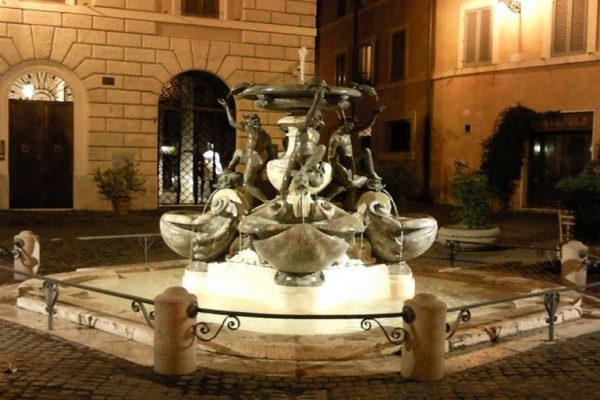
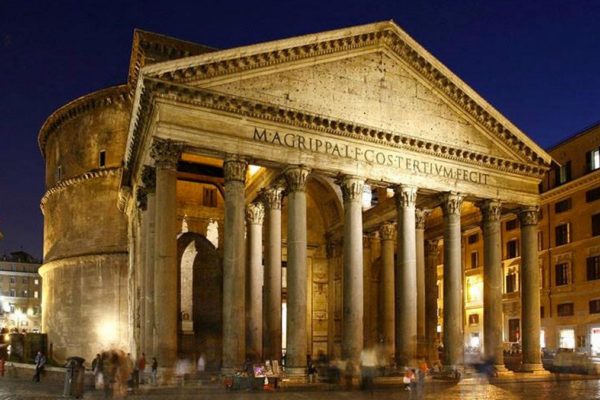
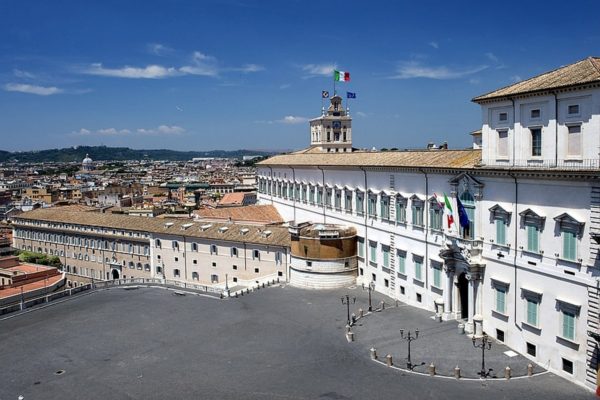
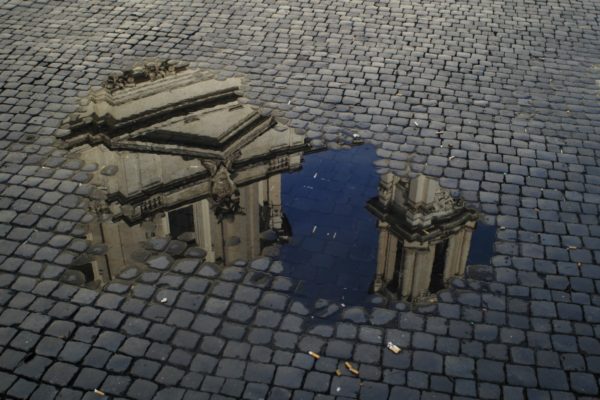
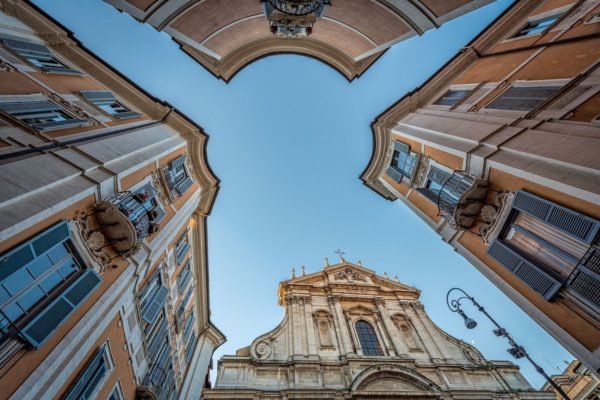
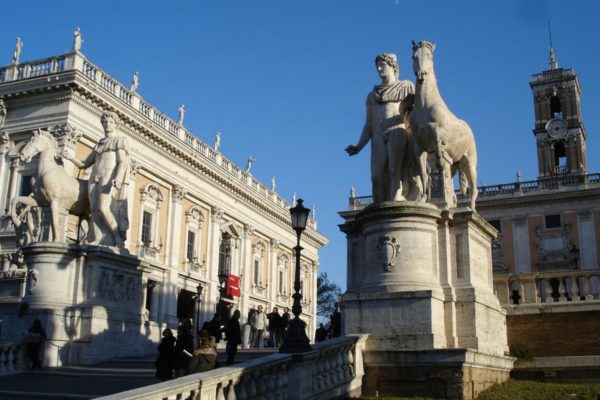
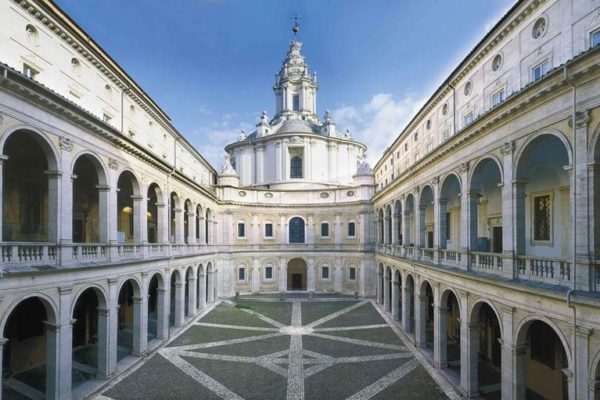
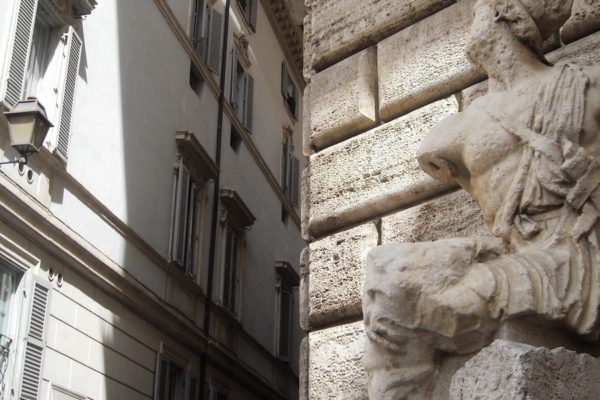
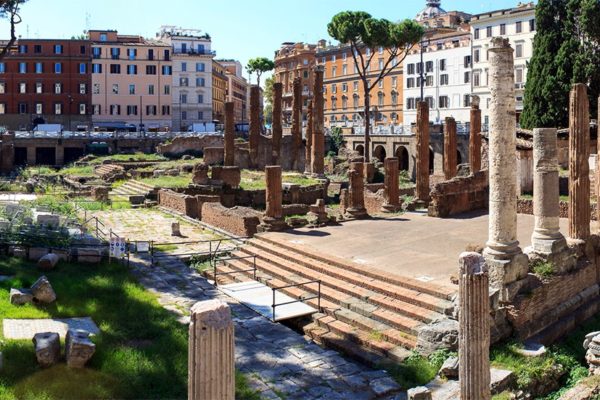


 NEWS AND EVENTS
NEWS AND EVENTS



